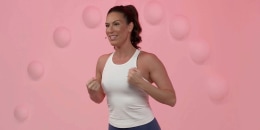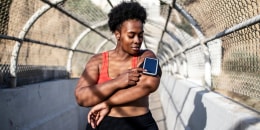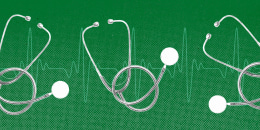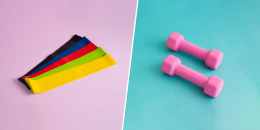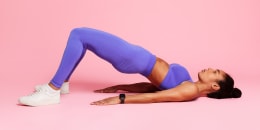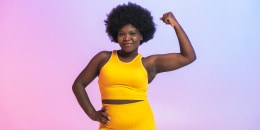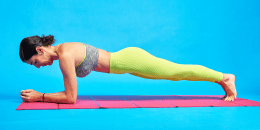The majority of us know what bicep curls are and have done them at some point in our fitness journey. If you’ve ever grabbed a pair of dumbbells and been told to “just do curls,” you might’ve never known that there’s more than one way to them. Two of the most popular variations — hammer curls and bicep curls — look similar, but have a slight form difference that actually targets different muscles in your arms and offer unique benefits.
Here’s what you need to know about hammer curls versus bicep curls, how to do each properly and which one is a more effective exercise depending on your goals.
For upper-body workouts — plus meal plans, walking podcasts and inspiration — download the Start TODAY app!
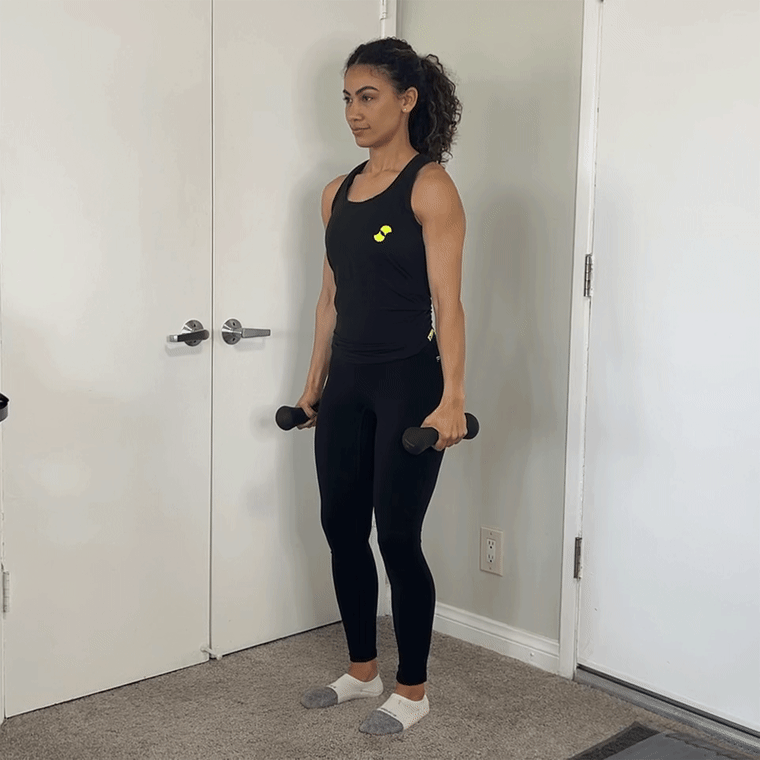
What muscles do hammer curls work?
Hammer curls target:
- Biceps brachii: the front of the upper arm
- Brachialis: the muscle under the biceps
- Brachioradialis: the forearm muscle
Benefits of hammer curls
Hammer curls boost forearm and grip strength and add width and thickness to the upper arm. Since your wrist is in a neutral position, they are a more elbow and wrist-friendly option for those who experience pain in these joints. Hammer curls are also great for improving functional movements like carrying groceries, climbing or pulling.
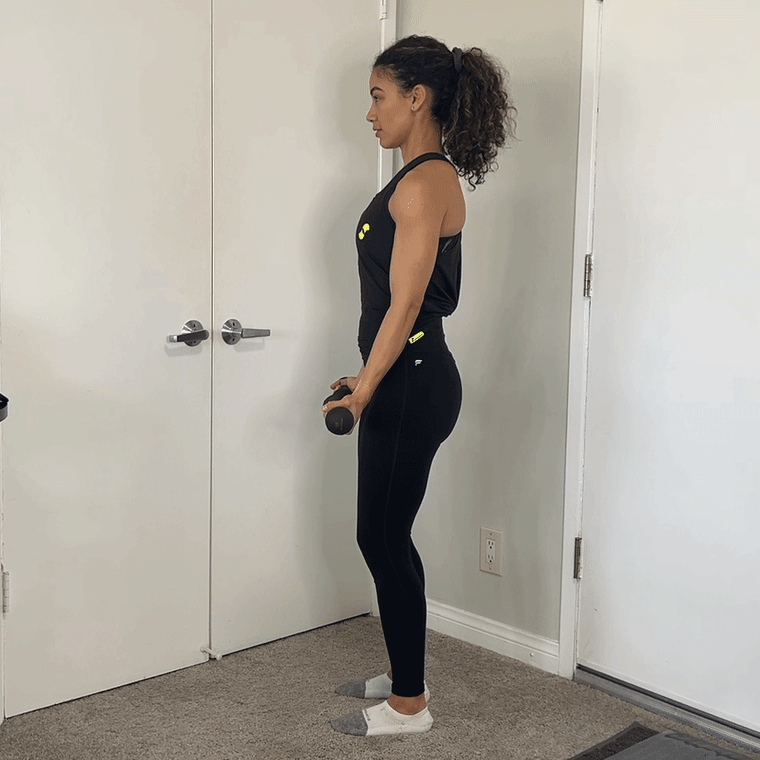
What muscles do bicep curls work?
Traditional bicep curls primarily target the biceps brachii, especially the long head, which creates that classic bicep muscle shape.
Benefits of bicep curls
Bicep curls are a versatile exercise that can be done with a variety of equipment including dumbbells, barbells, resistance bands or cables. They directly target and isolate the biceps, which helps shape and define the upper arm. This makes them the ideal exercise if you're working your arm for aesthetic goals and want to really define and tone the bicep. They are also a great way to build strength in pulling motions and if done with strict form, can challenge the core, too.
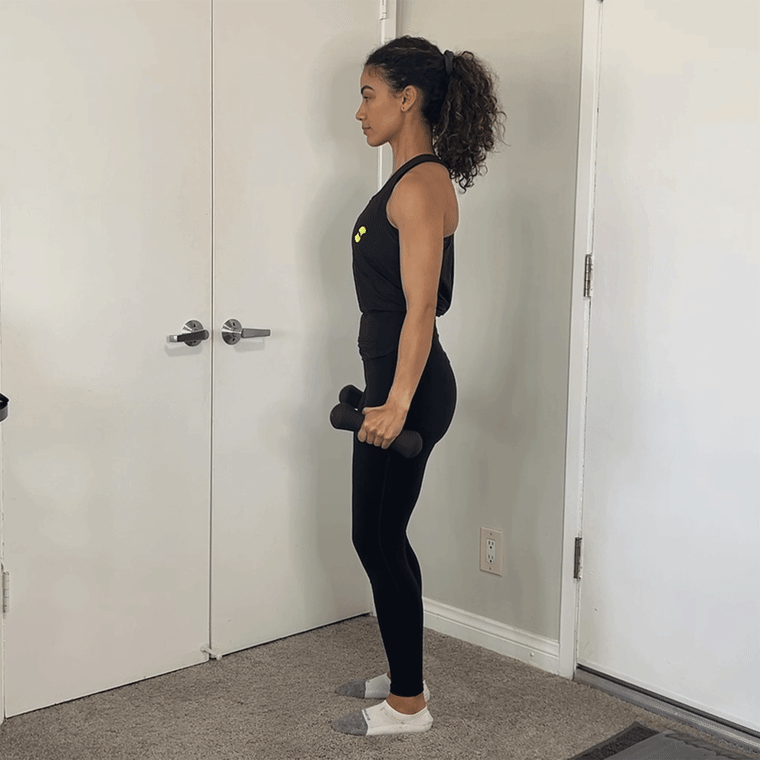
How to do a hammer curl
Stand tall with a dumbbell in each hand and your arms down by your side, palms facing each other (neutral grip). Keep the elbows tight to your sides and curl the weights up toward your shoulders. Squeeze at the top, then lower with control keeping the elbows still. Don’t swing! Keep your torso still by bracing your core to isolate the arms.
- For hypertrophy (muscle size): Perform 2–4 sets of 8–12 reps
- For strength: 1-6 reps, heavy weight
- For endurance: 12+ reps, light weight
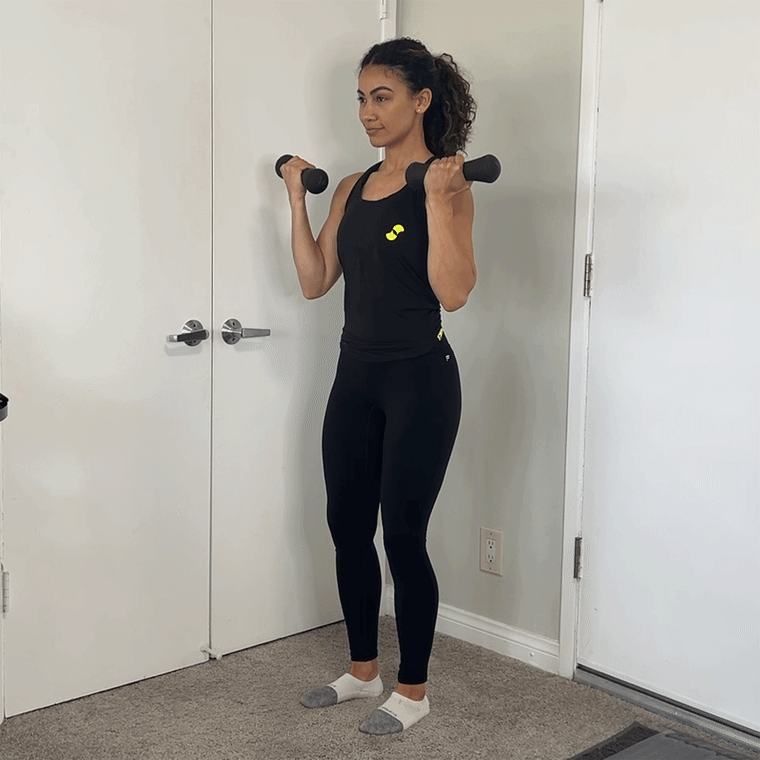
How to do a bicep curl
Stand tall with a dumbbell in each hand and your arms down by your side, palms facing forward (supinated grip). Lift the weights toward your shoulders, while keeping your elbows in place. Contract your biceps at the top, then slowly lower down keeping the elbows still. Avoid flexing at the wrists. Perform 2–4 sets of 8–12 reps.
- For strength: 1-6 reps, heavy weight
- For endurance: 12+ reps, light weight
Hammer curls vs. bicep curls: Which exercise is more effective?
It depends on your goal. If you want bigger, more defined biceps, stick with bicep curls for effective activation. If you want stronger arms overall, including your forearms and grip strength (which is correlated with longevity), go for hammer curls. If you want the best of both worlds: Alternate them in your routine or combine both in a superset or the same complex exercise!
- Hammer curls: target more muscle groups, improve functional strength, grip gains.
- Bicep curls: more targeted bicep work, increase arm size and shaping, aesthetic gains.
Both hammer curls and bicep curls have a place in your strength-training routine. Varying your grip and angle helps you avoid plateaus and keeps your workouts interesting. Whether you’re flexing for fun or building strength for everyday tasks, curls can work in your favor. For bodyweight, dumbbell and resistance band upper-body workouts — download the Start TODAY app!

